Tower cranes are often critical to the efficient operation of construction projects. Where the use of a tower crane is required on small or awkwardly shaped sites, it is almost inevitable that the jib of the tower crane, in or out of operation, will swing through the airspace of other properties. As it is trespass to invade airspace of adjoining land, builders and developers need to understand the current law and effective methods to obtain an appropriate licence.
License to use airspace
The leading Queensland authority on trespass by cranes of adjoining airspace is Lang Parade Pty Ltd v Peluso [2005] QSC 112. Lang Parade Pty Ltd (Lang Parade) was constructing two apartment blocks on a parcel of land in Auchenflower. To reduce stress on the tower structure, each crane was manufactured so that the jib could rotate freely with the wind when not in use. The cranes encroached on the adjoining properties by between 5 metres and 9 metres, more than 25 metres above the ground.
Lang Parade made an application under section 180 Property Law Act 1974 (Qld) which allows the Court to grant a statutory licence to use adjoining airspace where it is reasonably necessary in the interests of effective use in any reasonable manner. In this situation, if granted, the effect of such an order would be to allow the crane to temporarily encroach on the airspace of another property.
Such an order will not be made unless the Court is satisfied that it is consistent with the public interest, the owner of the adjoining land can be adequately recompensed for any loss or disadvantage which the owner may suffer and either that the owner of the adjoining land has unreasonably refused to accept the imposition of such an obligation or no person can be found who possesses the necessary capacity to agree to accept the imposition of such obligation.
In Lang Parade, the Court held that when determining whether it was reasonably necessary to grant such a licence that:
- a court should not interfere readily with the proprietary rights of an owner of land;
- the requirement of “reasonably necessary” does not mean absolute necessity;
- necessary means something more than mere desirability or preferability over the alternative means; it is a question of degree;
- regard must be had to the implications or consequences on the other land of imposing a licence.
In Lang Parade, the Court awarded an airspace licence and held that the tower cranes:
- could not be positioned on the site so as to avoid encroachments into the airspace of neighboring properties, with other means of constructing the buildings impracticable or unsuitable;
- were not used to carry loads over neighbouring properties;
- were well maintained and covered by an insurance policy with significant general liability;
- were known about for a significant time, whilst the applicants stood by, with the practical effect of their operation obvious at a reasonably early stage; and
- were being used in the development of land which was consistent with the public interest. Development approval was obtained after an assessment from the Brisbane City Council, and where there were no submissions made opposing the development.
Compensation
Further, in Lang Parade, the Court held that the reference to ‘adequately recompensed’ in Section 180 was not a means for the adjoining owner to hold the developer/builder to ransom. The Court found that the adjoining owners refusal to grant a licence to Lang Parade for use of the airspace above their properties was unreasonable. Accordingly, the Court found in favour of Lang Parade, imposing a statutory right of user by way of a licence permitting the continued use of the two tower cranes.
What this means for builder and developers
- Where cranes trespass on the airspace of other properties, builders and developers should be proactive in protecting their position by informing and negotiating with affected property owners and should be prepared to offer some compensation to affected property owners.
- This compensation does not have to be relative to the benefit gained by the builder or developer through the use of the affected properties’ airspace.
- If a builder or developer fails to negotiate and offer compensation, an affected property owner may apply to the Court to obtain an injunction preventing the encroachment of cranes into the airspace above their property.
- Where the property owner unreasonably refuses to grant the licence to use the airspace above their property, the builder or developer may apply to the Court for a statutory licence pursuant to Section 180 Property Law Act 1974 (Qld).
